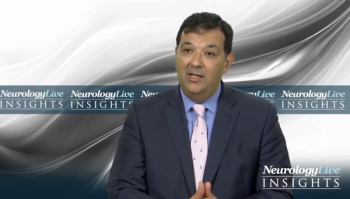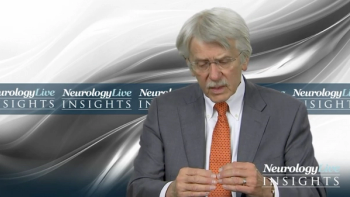
Autism diagnostic stability starts early, much MS misdiagnosis and unnecessary medication, CBD reduces seizures in children, and other recent findings are summarized here.

Autism diagnostic stability starts early, much MS misdiagnosis and unnecessary medication, CBD reduces seizures in children, and other recent findings are summarized here.
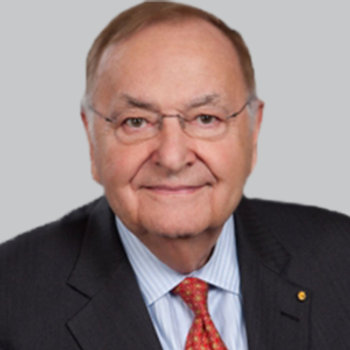
An MDA panel has stated that accessibility of advanced screening, the introduction of effective treatment, and the support of professional organizations could, and should, prompt the expansion of newborn screening.

The research fellow in the Department of Radiology at Mayo Clinic Jacksonville spoke about the reasoning for conducting this study and what the findings mean for physicians in clinical practice.
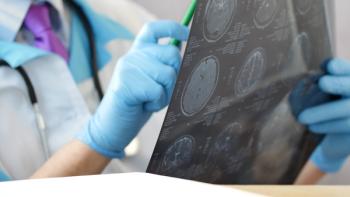
Patients with drug-resistant seizures should have an epilepsy center evaluation to confirm the diagnosis and determine the epilepsy syndrome and possible candidacy for neurosurgery. Guidelines here.

A patient with worsening atrial fibrillation experiences improvement of his symptoms and heart rate with chiropractic manipulation. More in this podcast.

This is the second aneurysm adjunctive stent to be granted premarket approval for treatment of wide-neck, intracranial aneurysms in conjunction with embolic detachable coils.

The automated system detected epileptic seizures and psychogenic non‐epileptic seizures with a sensitivity of 72.7% and specificity of 100%. The positive and negative predictive values for PNES classification were 81.3% and 100%, respectively.

The recommendations translate important scientific knowledge and innovations in clinical care into improvements in patient outcomes.

Nayzilam is now the first and only FDA-approved nasal option for treating seizure clusters.
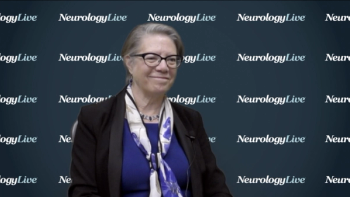
The director of the Pediatric Stroke Program at CHOP discussed the findings of a single-center study exploring the incidence of children presenting with acute arterial ischemic stroke who may have been eligible for mechanical thrombectomy.

Neurology News Network for the week ending May 18, 2019.
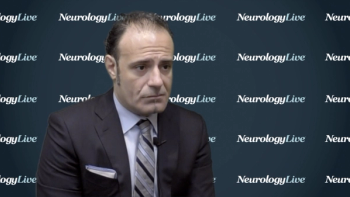
The associate professor of neurology at Mayo Clinic spoke about the findings of a population-based cohort study seeking to investigate the incidence of levodopa-induced dyskinesia in atypical parkinsonism.

The investigators suggested that this may be indicative of intrathecal IgG synthesis as a useful marker of disability worsening in patients with MS, as well as in making early treatment decisions.

Ultimately, the risk of peripheral neuropathy increased by an estimated 3% for each additional day of current fluoroquinolone exposure, maintained for up to 180 days post-exposure.

Insights about where stem cell treatment of neurological diseases is headed.

New early-stage data suggest that vector‐mediated gene silencing of striatal CaV1.3 expression may hold promise for preventing the induction of levodopa-induced dyskinesias in Parkinson disease.

The director of the Pediatric Stroke Program at CHOP spoke about the need to improve early recognition and assessments in pediatric stroke, and how ultimately, awareness of the condition is a huge step toward achieving this goal.

Compared to sham stimulation, the REN device was more effective in achieving pain relief and relief from the most bothersome symptom at 2 hours posttreatment and was maintained at 48 hours post-stimulation.

NfL levels were reduced during treatment with fingolimod, providing further evidence of the long-term benefit of the drug and demonstrating a greater impact of highly effective therapy in relapsing-remitting multiple sclerosis.

The WHO guidelines specifically promote a healthy lifestyle, including regular exercise, not smoking, avoiding the harmful use of alcohol, maintaining a healthy weight and diet, and keeping healthy levels of blood pressure, cholesterol, and blood sugar.

The staff neurologist at Cleveland Clinic shared his insight from the study, as well as what these data can do to further inform the use of this biomarker in progressive MS trials.

How are you counseling patients and families about the risks and benefits of playing sports with repetitive head blows and the risk of CTE?

The lead investigator noted that “the study results are a promising step toward having a scientifically-validated tool for clinical use that can facilitate physician-patient conversations and ultimately help to get ahead of MS progression.”

The International Project Team Lead spoke about the results of study endpoints that assessed the potential for next-morning residual effects of lemborexant, which is in development for insomnia.

Evobrutinib is the first BTK inhibitor to demonstrate clinical proof of concept in multiple sclerosis, reducing Gd+ lesions in a 75-mg, once-daily dose.
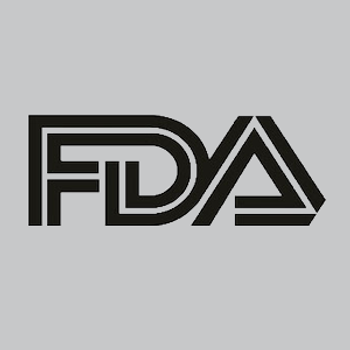
The FDA has expanded the indication for incobotulinumtoxinA, making it a first-line treatment for blepharospasm.

Advances in the diagnosis and management of SMA include molecular genetic testing and the FDA approval of a disease-modifying therapy.
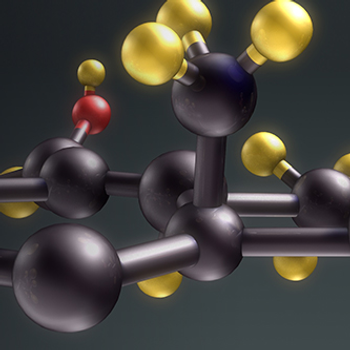
Suvorexant improved the mean total sleep time by 28.2 minutes for the patients receiving the treatment versus placebo, equating to a mean increase of 73.4 minutes with the orexin receptor antagonist.
